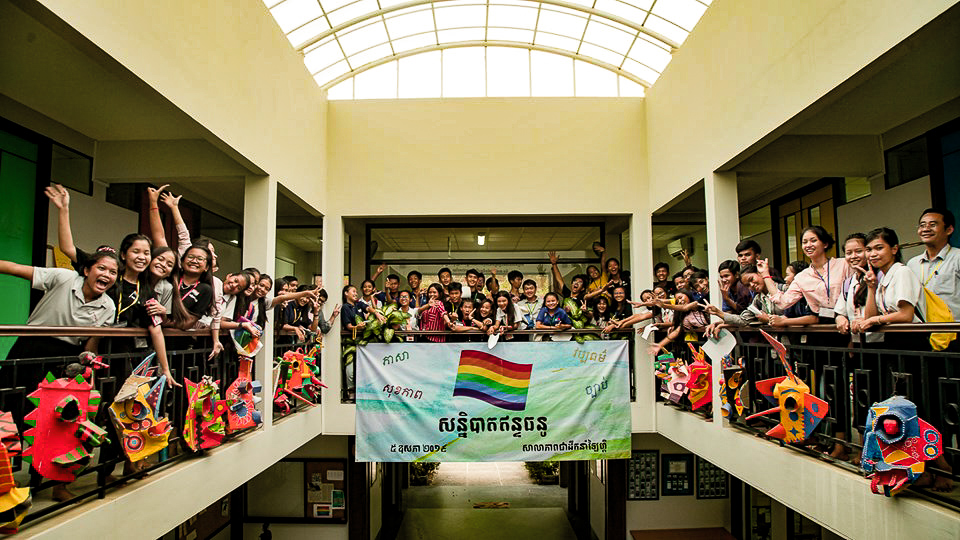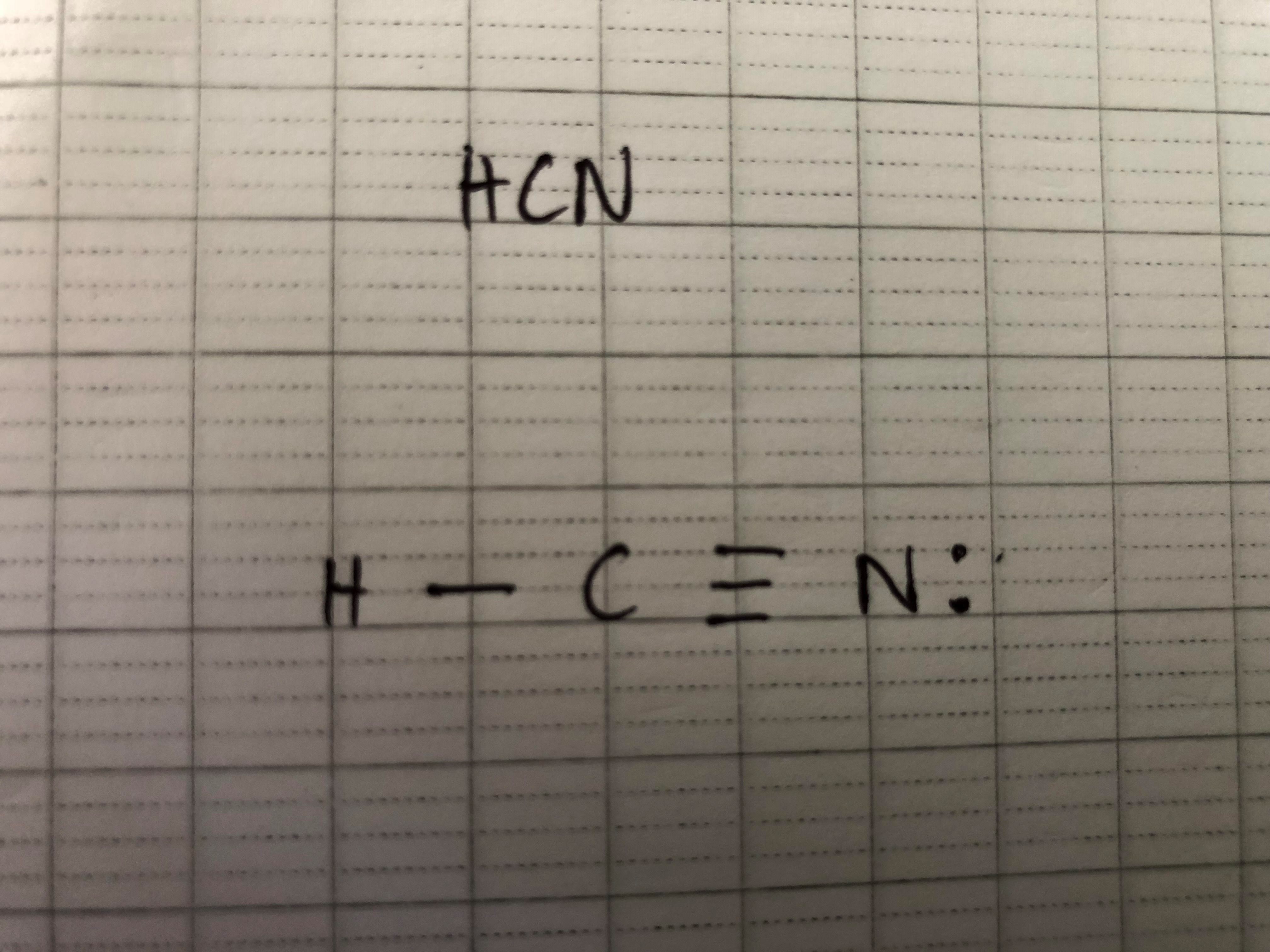I really need to finish this writing before my computer dies.
Recently, across Cambodia, there’s an electricity black-out that deters productivity in schools, businesses, houses, and so on. In Phnom Penh, at where I live, we only have electricity for half of the day during the hottest months of the year. Can you imagine?
Houses, buildings that are connected to the national grids suffer from this for about 3 months, starting in April. Only places that have generator can have a full-day electricity. It’s 21st century, yet I can’t charge my computer right now and the electricity system is not reliable.
What happened?
Cambodia’s biggest electricity source is hydropower plants, covering about 48.5% of the total electricity production. During the hottest months of the year, guess what happened? Low water level. This low level makes it hard for the dams to generate electricity by using water waves. This is what happened in a nutshell.
But, it’s already June, so it’s kind of over. But, knowing it exists, what does it tell us about our electricity reliability? Can we keep relying heavily on hydropower dams to electrify our country? What are some alternatives that we should shift our visions toward?
These are questions that we tackle in Cambodia energy sector. This year, I’ve been involved in helping to produce contents that relate to the energy sector and how this sector have a huge impact on the Cambodia economy.
We intended to create a website that has diverse contents that would deliver relevant information to the audience. In energy sector–for instance, we created a podcast that talks about the hydropower plants construction in Cambodia, its seen and unseen costs, recent electricity black-out, and the alternatives we can look forward to.
All these contents will be uploaded into our Cambodia economy website, so stay tune if you’re up for exploring the economy of Cambodia!










